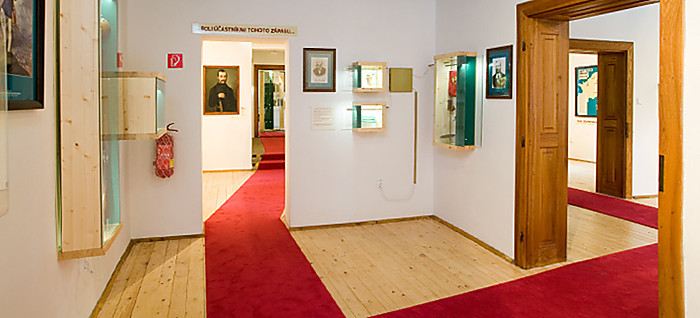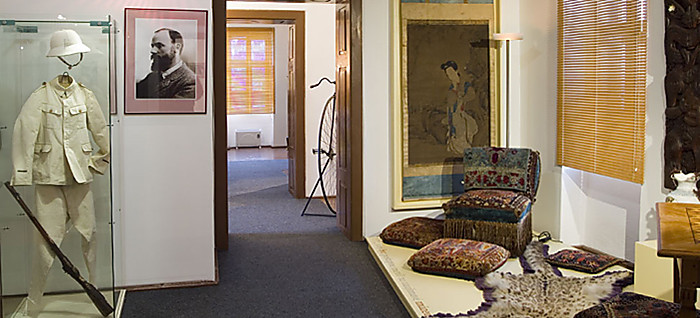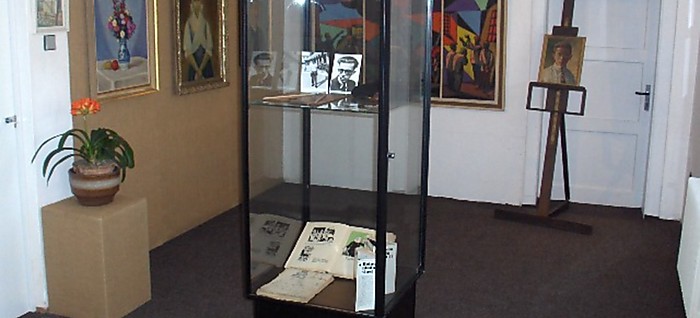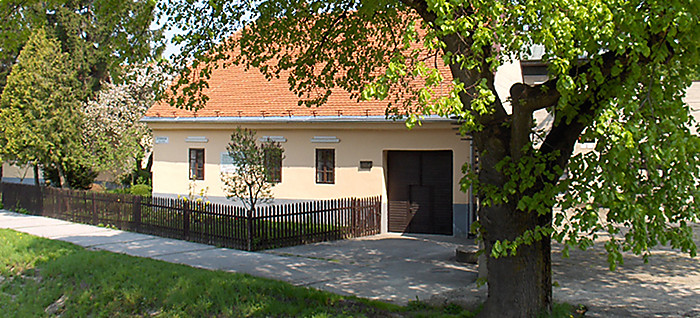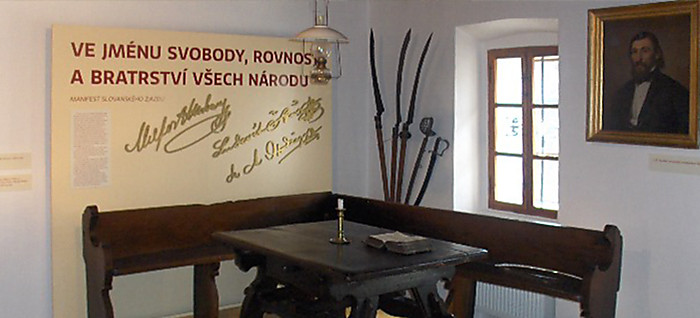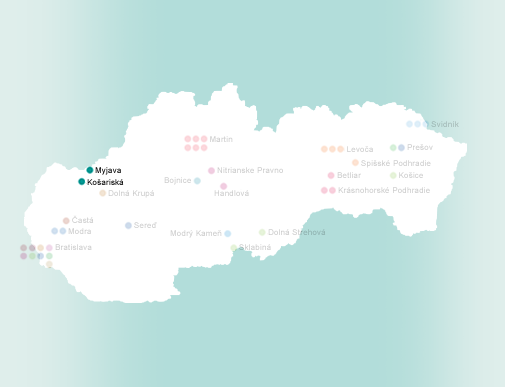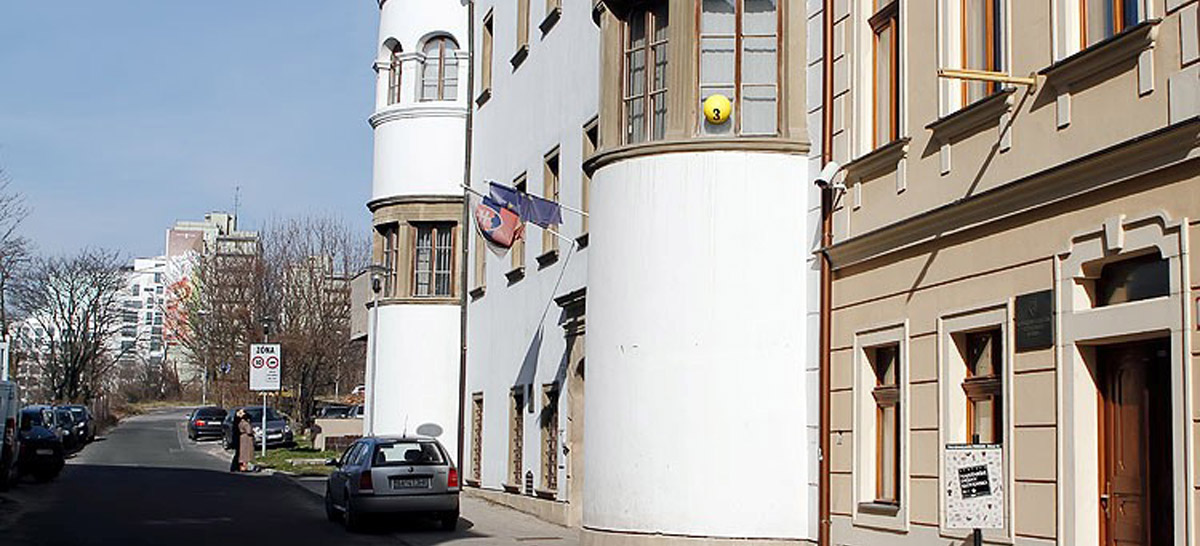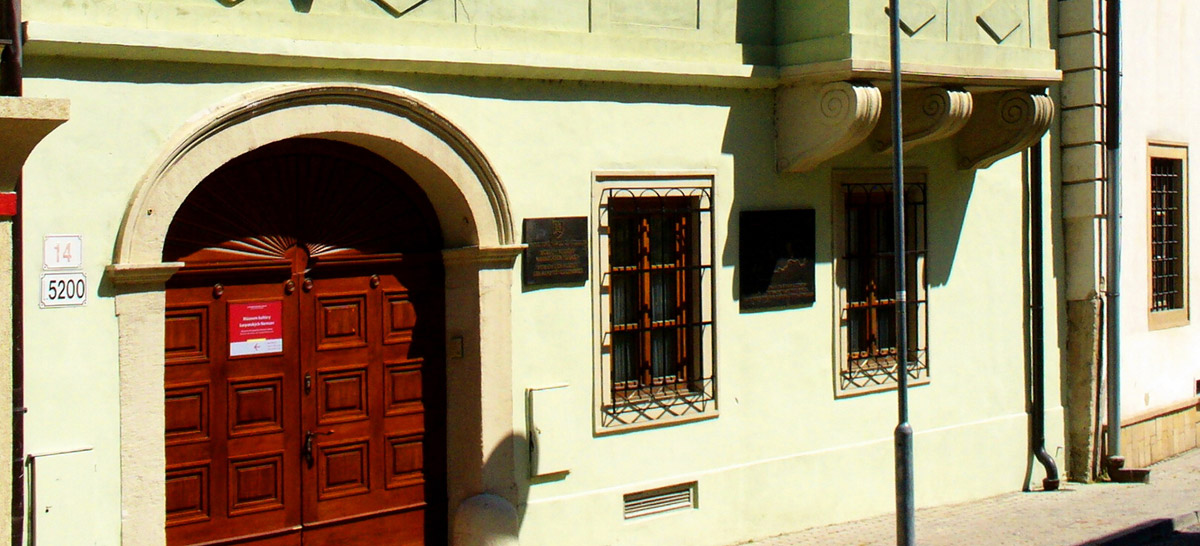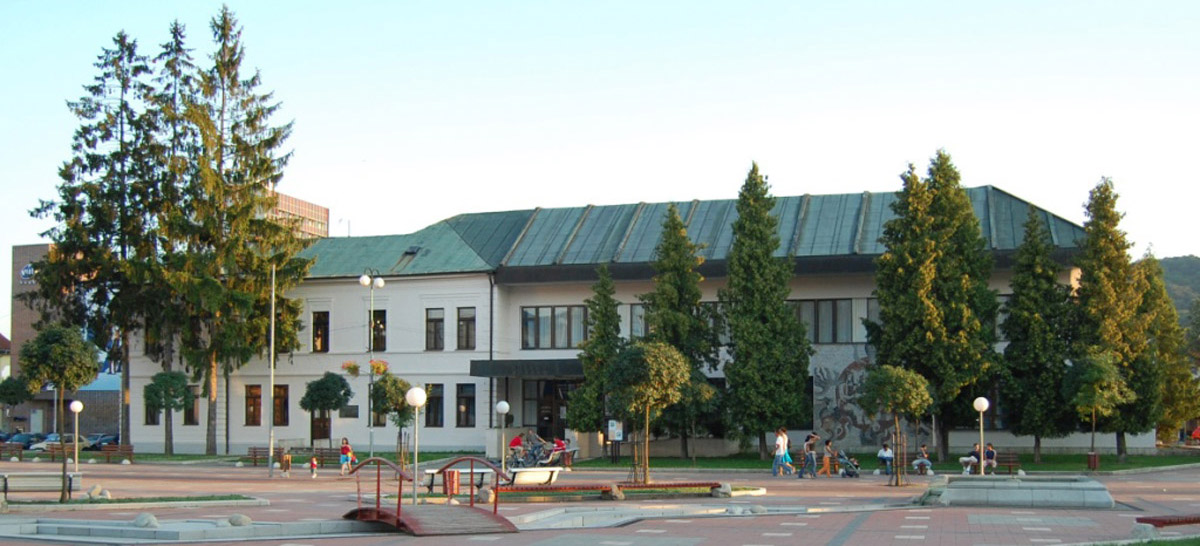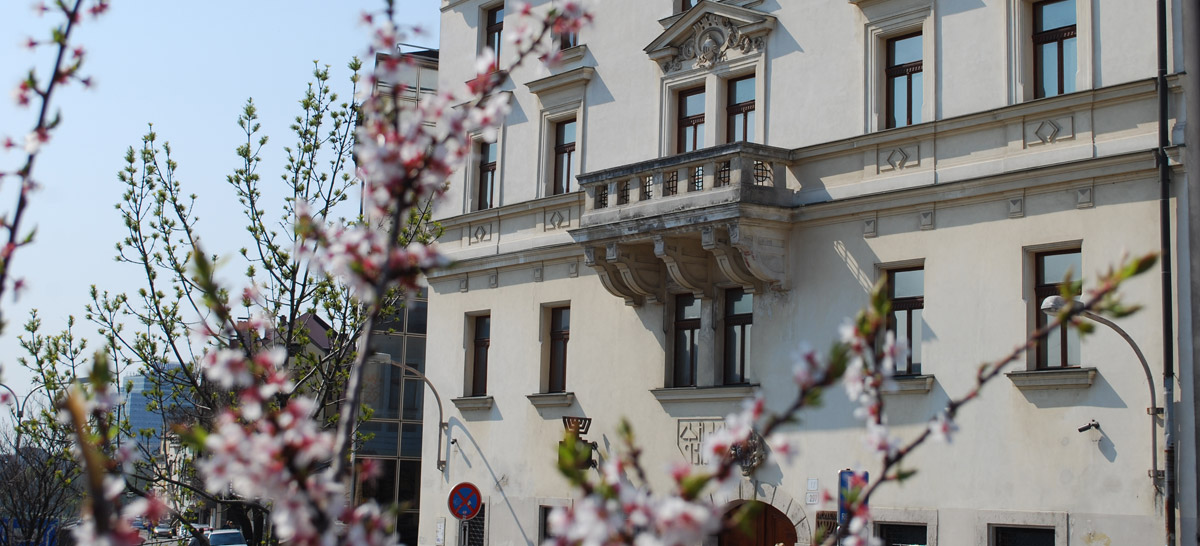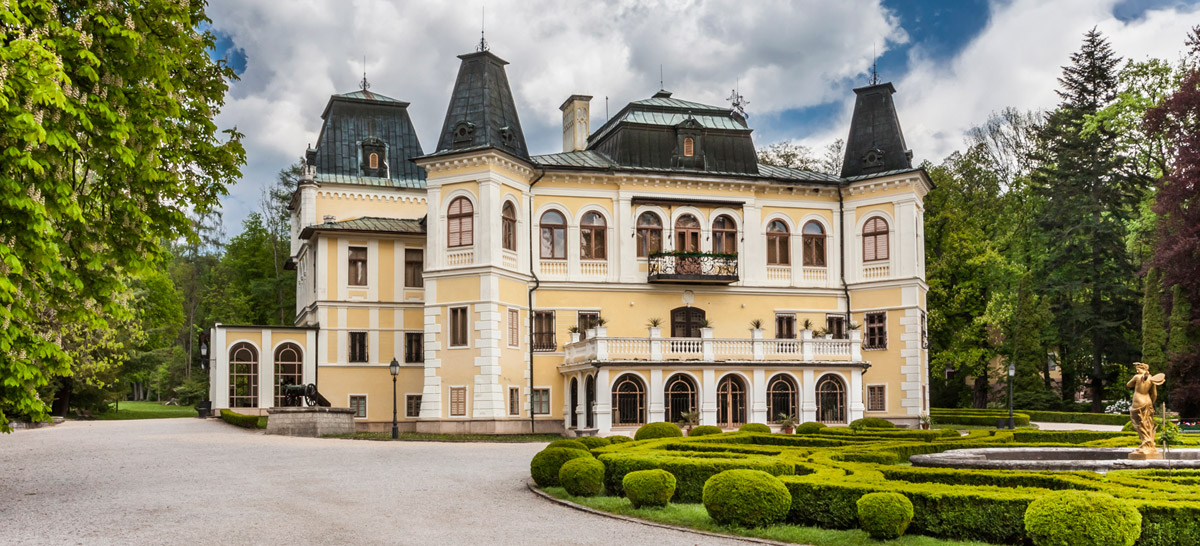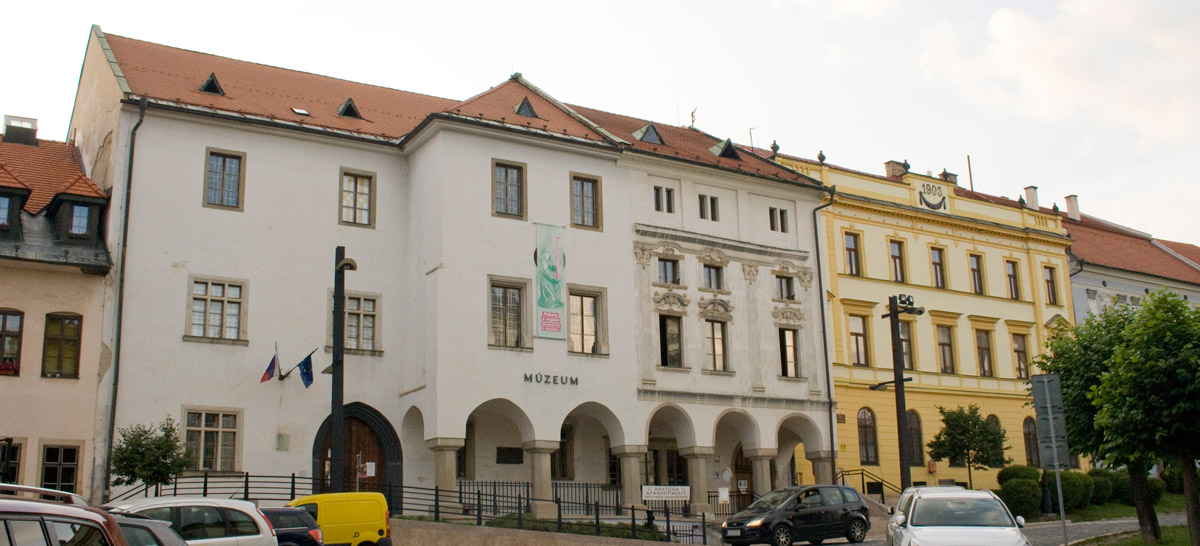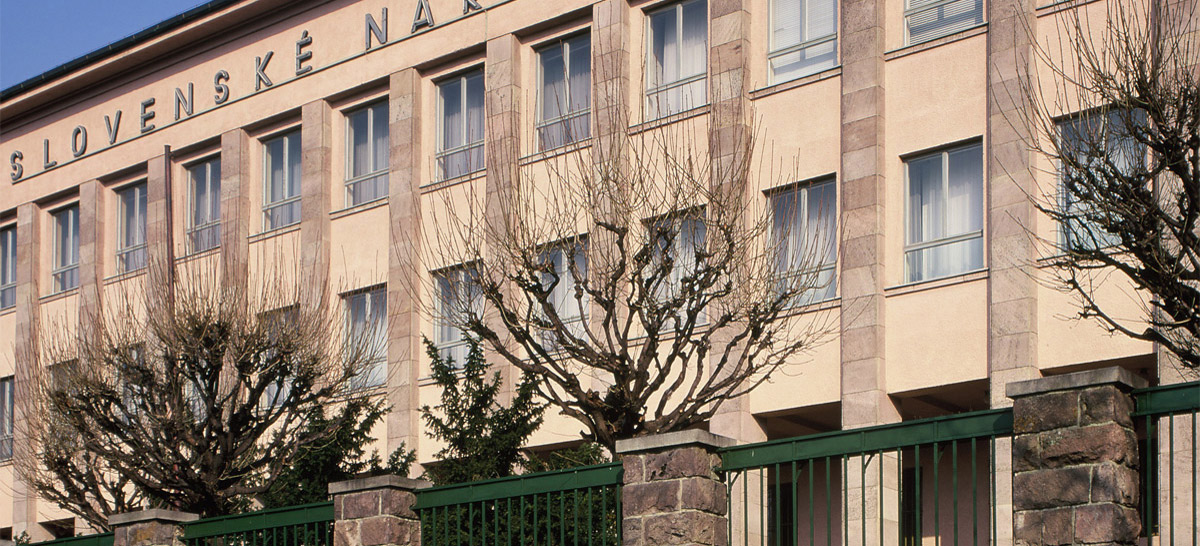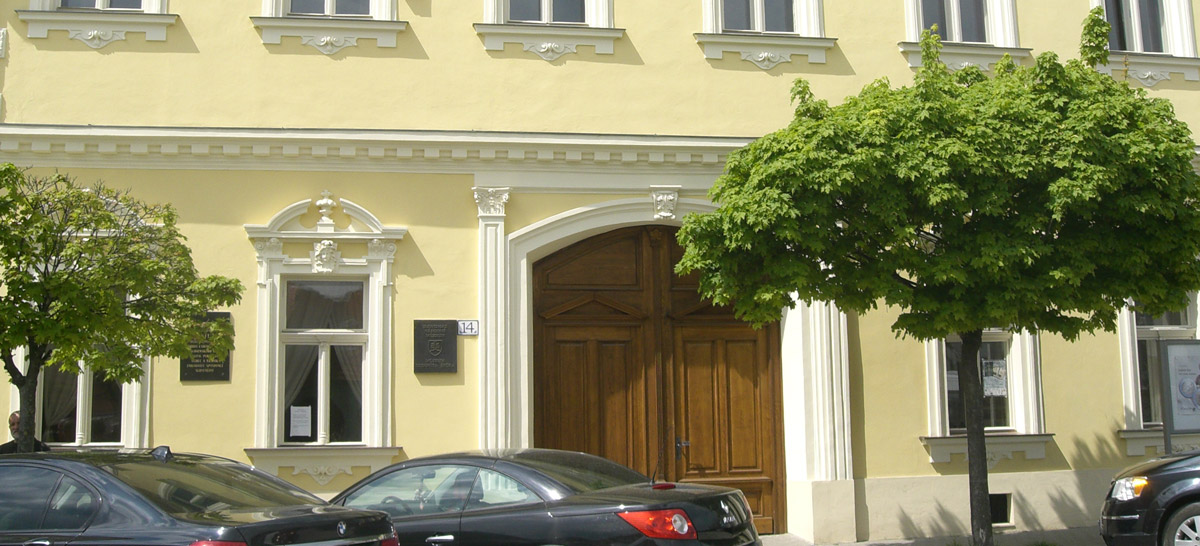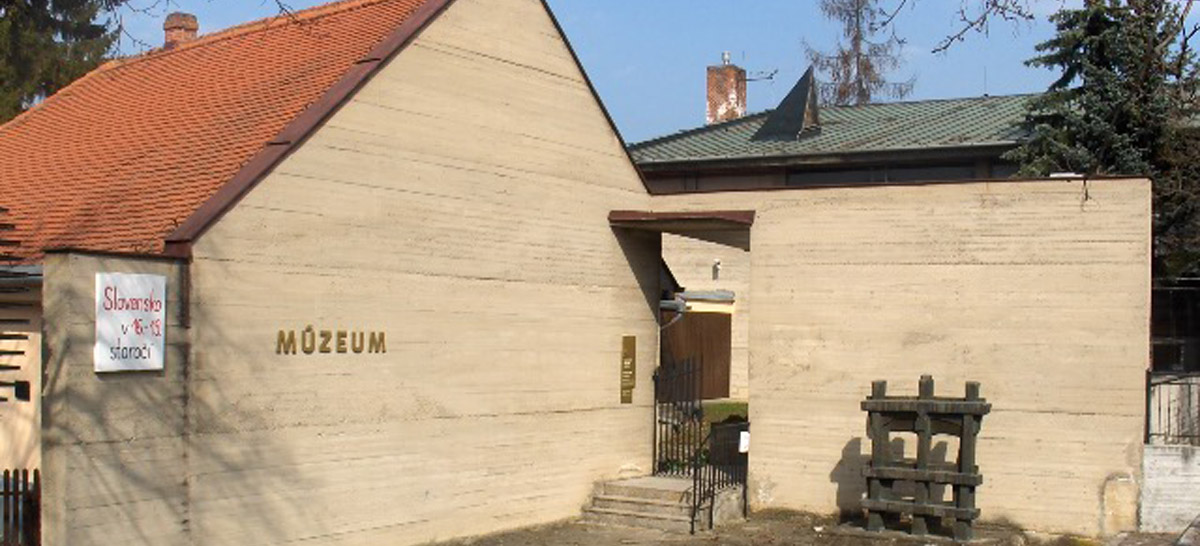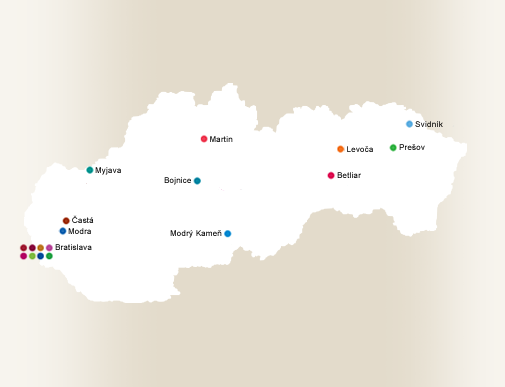About the museum
Museum Mission and History
Mission
The main exposition of the museum captures almost 170 years of history of the Slovak nation, the struggles for the recognition of its autonomy and the right to self-determination, as well as for sovereignty and own statehood. Its focus is educational and at the same time representative. The exposition comprises the house of Anna Koléniová, where the First Slovak National Council held a meeting in 1848. In its headquarters building in Myjava, the museum also presents the region of the Bradlo-Javorina piedmont. It regularly installs exhibitions on various topics in the exhibition spaces. In the museum area, there are several monuments dedicated to the year 1848 – the bronze high relief “In the Time of Subjection” by the national artist Rudolf Pribiš, the sculptural group “Nation Awakening from Subjection” by Klára Pataki, the entrance metal gate – a work by the academic sculptor E. Masarovičová, the sculpture “The Bond of Years” by the national artist Jozef Kostka and the symbolic sculpture “Slavic Lime Tree” by the academic sculptor Štefan Belohradský.
A detached exposition of the Museum of Slovak National Councils is the Milan Rastislav Štefánik Museum in Košariská.
History
The Museum of Slovak National Councils in Myjava was built in 1966–1968 based on the architectural designs by Ing. Arch. M. Kusý. From its inception, it has been part of the Slovak National Museum. The building complex is a symbiosis of new and old architecture. The new exhibition pavilion built of iron and cast concrete is connected by a small connecting pergola to Anna Koléniová’s House from the 1830s. Two other buildings from the 1920s–1940s – the houses of J. Bradáč and Kubovčiak – were also connected to the main building by a connecting pergola. They originally formed the zone of protection of the National Cultural Monument and later became an integral part of it. Since 1988, there has been the exhibition hall of the museum. The Milan Rastislav Štefánik Museum exposition in Košariská is part of the Slovak National Museum – Museum of Slovak National Councils since 1990.

